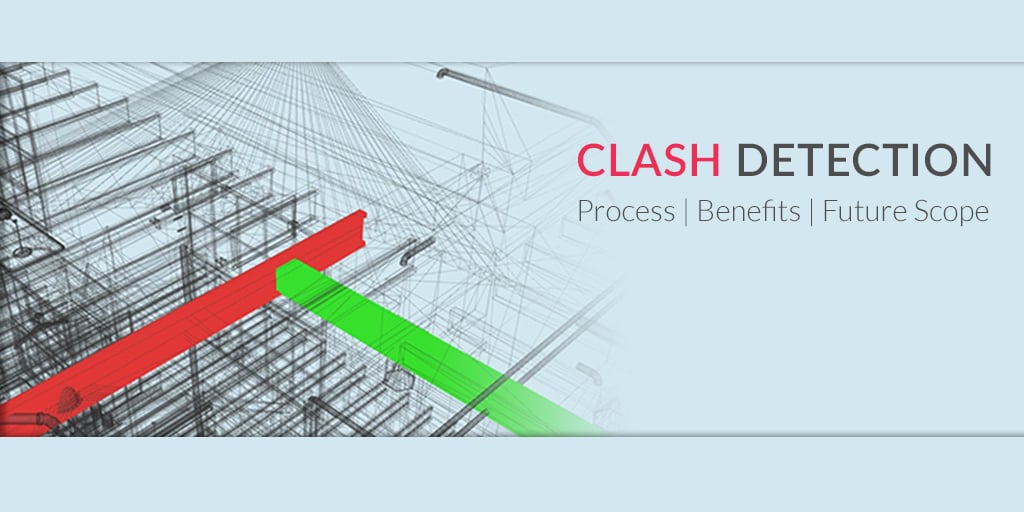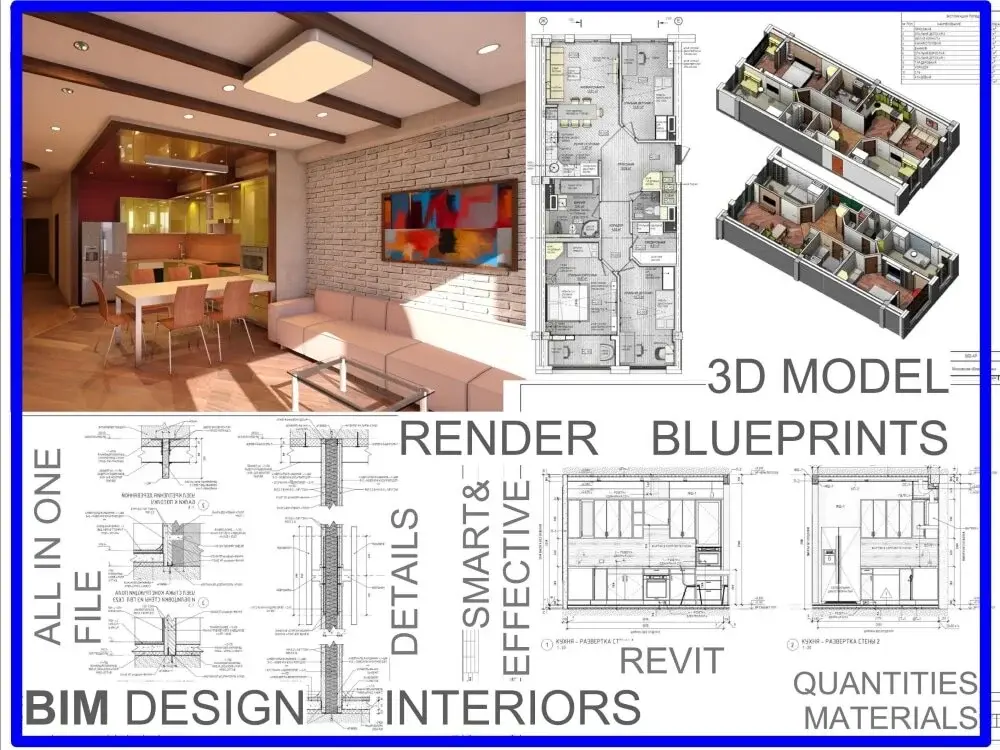BIM Implementation Strategy Guide for Architectural Firms

Table of Contents
Building Information Modelling (BIM) has revolutionised how architects design and construct buildings. It is a digital representation of a building involving various aspects like its geometry, geographic information, spatial relationship, and other relevant information. Creating BIM implementation strategies can be time-consuming, but it can benefit the architects in the long run.
BIM helps create better collaboration among engineers, designers, contractors, and architects. It is a highly crucial process that makes everything much more manageable. If you aspire to become an architect or a professional seeking to start your architectural firm, we have got you covered. This guide will discuss the BIM implementation strategy you can implement in your architectural firm.
Also Read: BIM - What is it and Why is it so important for Architects?
Importance of BIM for an Architectural Firm 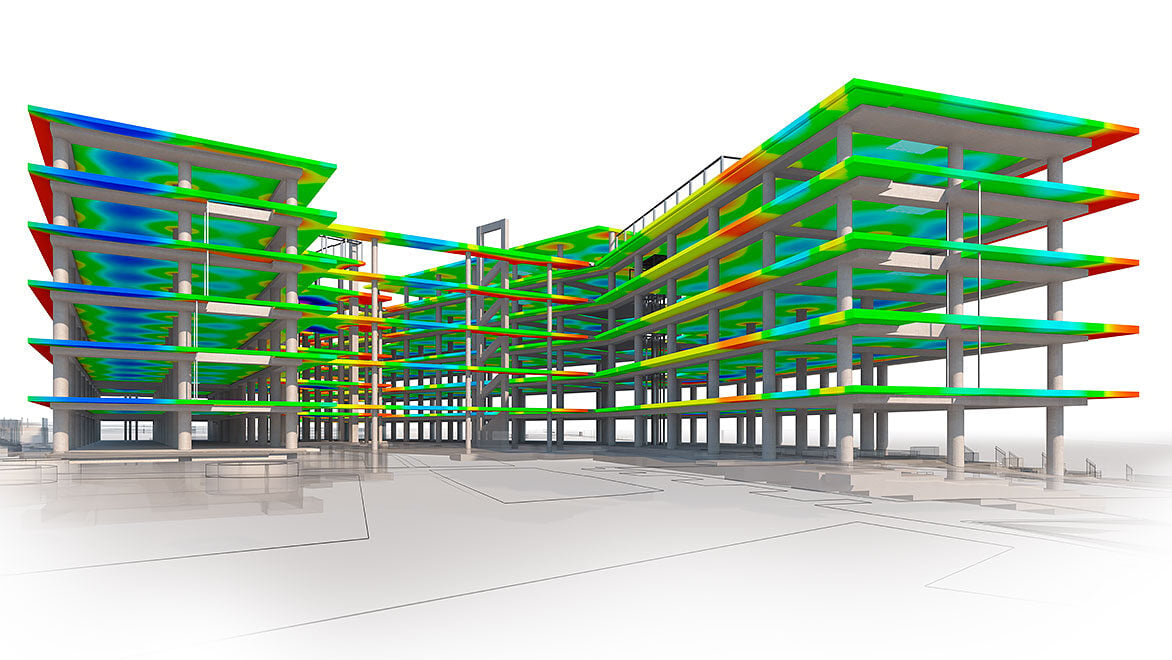
Modern architectural projects are large-scale, involving multiple stakeholders. Implementing traditional methods can create problems in keeping up with the coordination. The lack of collaboration will hinder the exchange of information, leading to a lack of clarity in designing which will in return result in higher costs and time overruns. Here are some key points that why BIM implementation strategy is important for an architectural firm:
1. Better Collaboration and Communication
It is one of the most significant advantages of BIM for architectural firms. This addresses the common challenges of implementing BIM and converts them into opportunities for enhanced project outcomes. When it comes to traditional architectural practices, disunited workflows lead to communication barriers. Whereas, with BIM implementation, you can eradicate these barriers by creating a unified platform where engineers, architects, contactors, and respective clients can work collaboratively. This enables real-time sharing and updating of information, ensuring all the stakeholders are aligned on the same page. This also helps overcome the barriers of BIM implementation, such as time, initial cost, communication, and more.
2. Improved Design
BIM implementation changes the approach of designing for the architects. Now, it has become an integral part of architecture, enhancing the design capabilities of a firm. It enables more accurate and detailed design, with less or no error. It provides every detail through the three-dimensional diagram, from electrical layouts to structure engineering, ensuring that all building components are shown. Besides this, it also allows architects to predict how buildings will perform under certain situations, enabling them to optimise their design for comfort, efficiency, and safety.
3. Reduction of Error
An effective BIM project implementation plan is key to achieving accuracy and minimising the risk of mistakes. BIM aims to create a detailed model of a building, showcasing all aspects of design and construction. It includes mechanical design, electrical design, and plumbing systems. This integration allows architects to detect errors, which helps them understand exactly what needs to be built. Hence, understanding how to implement BIM in the initial phase is as crucial as the designing phase.
4. Cost Management and Budgeting
Adding BIM to your architectural firm will improve the cost management and budgeting process. A well-formed BIM implementation strategy will provide detailed and real-time information on the project. It is essential for the right budgeting and cost planning. This will include various data like quantities, specifications, and schedules. Besides this, BIM tools also have a tracking feature, which will help you make informed decisions that align with any the financial constraints.
5. On-Time Delivery
Building Information Modelling (BIM) ensures that architectural firms effectively complete their projects within the specified time frame. By streamlining workflows and lowering interruptions, integrating BIM into project management processes significantly increases the possibility that projects will be completed on time. One of the primary ways that BIM helps ensure on-time delivery is by facilitating coordination and communication between every stakeholder involved. Everyone can access and update a shared, multi-dimensional model with BIM, including clients, contractors, and engineers. This real-time communication minimises misinformation and the need for time-consuming modifications, a common cause of project delays.
Also Read: Understanding BIM (Building Information Modelling): The Complete Guide
What is a BIM Implementation Plan?
A BIM implementation plan essentially refers to the strategic roadmap that outlines how an organization will adopt and use BIM across its projects. It’s a guide that helps you integrate BIM workflows, tools, and practices effectively, ensuring that you meet your business objectives while optimizing efficiency.
There is a process of creating a BIM Implementation Plan. Here are the steps to follow:
- Understanding the Organization’s Needs
- Defining Clear BIM Goals and Objectives
- Engaging Stakeholders Early
- Assessing the Current Technology Infrastructure
- Developing a BIM Execution Plan (BEP)
Top BIM Implementation Strategies for an Architectural Firm 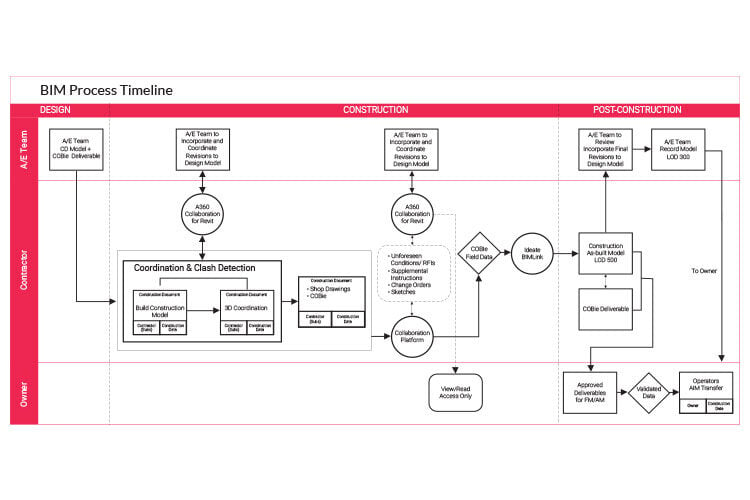
The BIM implementation process is crucial in creating a strategic approach to ensure successful results. This process involves planning, adapting to new methods, training, and more. Here are the top BIM implementation strategies for an architectural firm:
1. Understand your Firm’s Needs and Requirements
Before starting the BIM implementation process, it is crucial to understand the architectural goals, needs, and requirements of the current operations. The analysis will help you identify the benefits BIM can bring to the different projects. You should understand that BIM implementation in India or anywhere else is not a fixed-for-all solution; it needs to be tailored based on the specific challenges you face while achieving your long-term goals. In simple words, understanding the objectives will help you set realistic expectations.
2. Choose the Right BIM Software
For any architectural business implementing BIM, choosing the right BIM tool is crucial. The software selection should support the company's future growth and expansion and address its current needs. It's crucial to consider a number of factors while selecting BIM software, including ease of use, scalability, compatibility with current systems, and the available features. Consider some essential components of architectural design, including 3D modelling, collaboration, documentation, and analysis, which ought to be made easier by the software. Apart from this, you should also review its seamless integration with other tools and platforms used in the firm.
3. Establishing BIM Standards and Protocols
Establishing BIM standards and protocols is extremely important to ensure consistency, efficiency, and quality in the project. The first step in developing BIM standards and procedures should include a comprehensive evaluation of the project needs, workflows, and goals. This evaluation helps to develop tailored policies that meet the company's specific needs. The BIM standards and protocols should cover certain aspects like data management practices, modelling conventions, documentation, collaboration, and more. By including these standards in the strategy for implementing BIM, all team members, including engineers, architects, and other stakeholders, will cooperate.
4. Manage Data Effectively
In a BIM implementation strategy, a structured data storage and retrieval system is essential to effective data management. All team members should be able to easily access updated project information using this system, enabling real-time decision-making and communication. Additionally, it's critical to guarantee that data is standardised and presented consistently to provide easy integration and communication across team members and various software programs.
5. Collaborate with Stakeholders
Establishing accessible communication channels and collaborative procedures is essential to a successful BIM implementation plan. This involves adding tools necessary to make it easy for all parties to share and update BIM models and documentation. This can be made much easier by using cloud-based BIM solutions, which provide a centralised platform for sharing models and data. Regular meetings and feedback sessions can help maintain communication, resolve issues, and alter plans as the project continues.
6. Evaluate your BIM Implementation
Evaluation of BIM implementation is one of the crucial strategies for architectural firms. It helps in understanding the effect of BIM on the projects. The evaluation process should include a comprehensive review of BIM's operational and technical aspects. It includes how BIM tools are integrated into the workflows and impact project outcomes like time, quality, cost, and the level of efficiency achieved using BIM. You can also ask for team members who have been using BIM tools. Apart from these factors, you should also evaluate the return on investment by analysing time reductions, added value, cost savings, accuracy, collaboration, and more.
Also Read: BIM Application to 6 Popular AEC Fields That is Proving Essential
Conclusion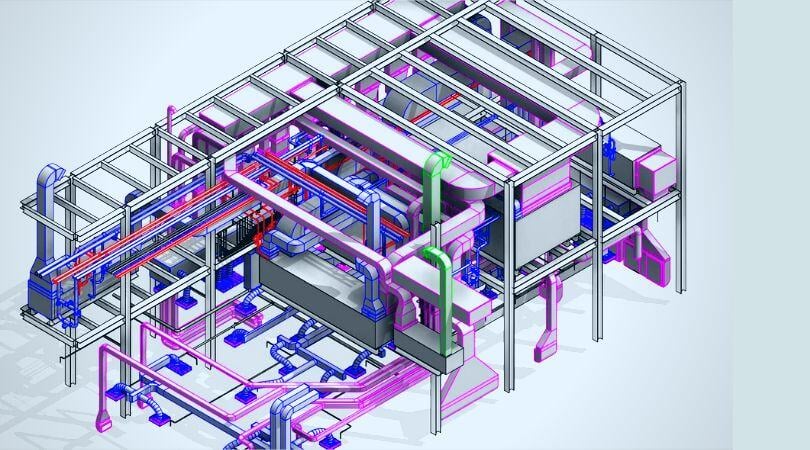
In summary, several essential strategies are necessary to apply Building Information Modelling (BIM) effectively in architectural businesses. These include being aware of the specific needs and requirements of the company, selecting the best BIM software, setting up BIM standards and procedures, efficiently managing data, and encouraging cooperation with all parties involved.
Furthermore, it is imperative to review the BIM implementation process continuously. These strategies are essential to ensure that BIM improves architectural accuracy, efficiency, and teamwork. You can also explore the BIM Professional Course for Architects offered by Novatr to learn more about BIM.
Check out our Resource pages to know more about the ongoing industry trends.

 Thanks for connecting!
Thanks for connecting!


.png)
-1.png)


